Belmore Court: Your next best stay in the West
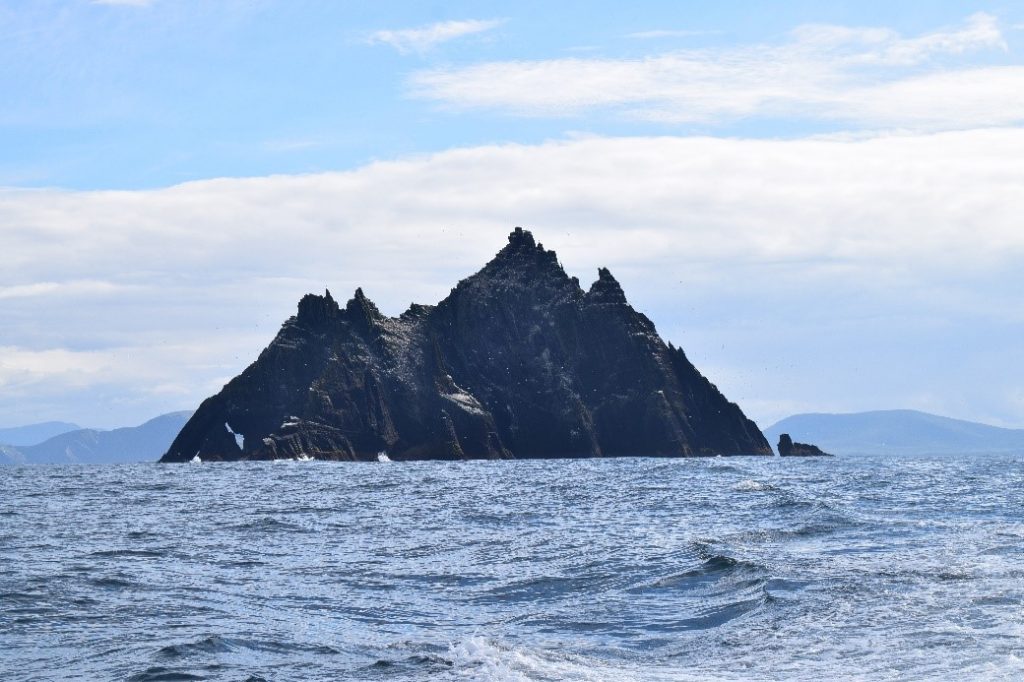
Would you like to sponsor this article?

My name is Caoimhe Clements. I am a 21-year-old Irish Photographer from Kilkeel, Co. Down, born and raised beside the famous Mourne Mountains. Over the years I have slowly ticked off the sights that the Wild Atlantic Way offers, from the Slieve League Cliffs in Co. Donegal to the Cliffs of Moher in Co. Clare, and not forgetting the Connemara National Park in Co. Galway. Most recently I got to explore the historical Islands of Skellig, Co. Kerry.
Sidenote: I am currently studying my BA Hons in Photography with Video at the Ulster University, Belfast. As a photographer, I have exhibited work locally in Co. Down and internationally in Glasgow, Scotland. One of my photography projects is also on permanent display in Belfast.
The west coast of Ireland is my favourite part of the whole island – you may know it as the Wild Atlantic Way, where crystal blue waters meet golden sand beaches, and where the Atlantic Ocean rips its wild roaring waves into the edge of the west coast.
The Skellig Islands are made up of two islands which are located off Co. Kerry’s south west coast in the North Atlantic Ocean, about 12 kms (8 miles) off the coast of Portmagee. The islands have a long and interesting history, and today they’re home to different breeds of birds, including the very lovable puffins.
READ: Black Mountain and Divis

READ: An Autumnal Ascent of Cave Hill
The biggest island of the two is known as Skellig Michael, which stands at approximately 714ft (218 metres) above sea level. Skellig Michael has had human interaction since as early as the 6th century. The first humans to claim and build a life on Skellig Michael were the monks who lived on the island until the 13th century. They went on to build over 600 steps that lead to the now-ruined monastery which was once the heart and soul of Skellig. Skellig also witnessed several Viking invasions due to the island’s isolation in the North Atlantic Ocean. Today when paying a visit to the island you will embark on an historical trek up steps that were built over one thousand years ago and sail in the waters that witnessed so much history. Are you prepared for a journey back in time?

This trek is not available all year around – boats will only depart from mid-May to September due to the weather conditions, and even during the months from May to September if the sea is too rough or the weather is bad the boats will not leave the harbour, and your trip might be cancelled.

You’ll start this trek by boarding a boat from either Valentia, Portmagee or Ballinskelligs. I took a boat from Portmagee Harbour and set sail for the Skellig Islands. The journey took about an hour as you are traveling 12kms out into the Atlantic Ocean. The boat journey time ranges from 45 mins to an hour and a half.

I personally love being at sea – the wind meeting the wild waves creates a sense of freedom. During your boat experience you will see the west coast of Kerry fade into the background as you embrace the Atlantic Ocean, and you’ll see other smaller islands en route to Skellig.

When you come closer to the Skellig Islands you will see the smaller island first. Your boat tour might sail around the island and tell you more information about it. It was much taller than I expected it to be and I assumed it was Skellig Michael before our tour guild told us otherwise.
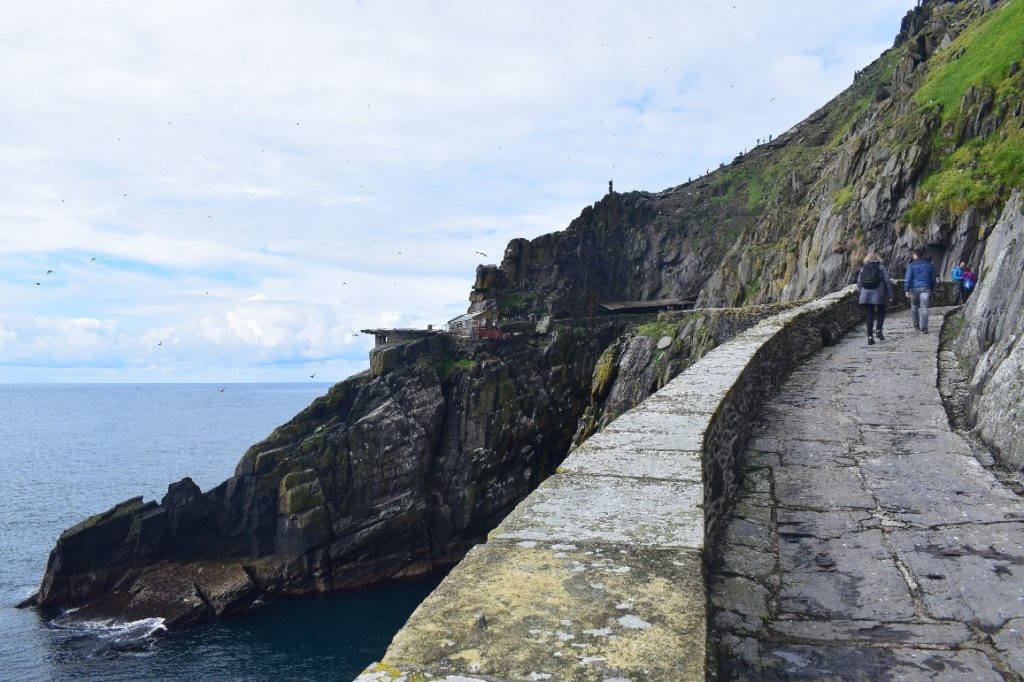
Next on this trek you will approach Skellig Michael and your boat will stop at the small drop-off zone, where you will climb some steps and begin the unforgettable journey upwards. Continue walking and you will approach this path (in the image above) which will lead to the famous Skellig Michael staircase. Before you make your way up the steps there will be a member of staff to explain what to expect and what you shouldn’t do – this is for your own safety.
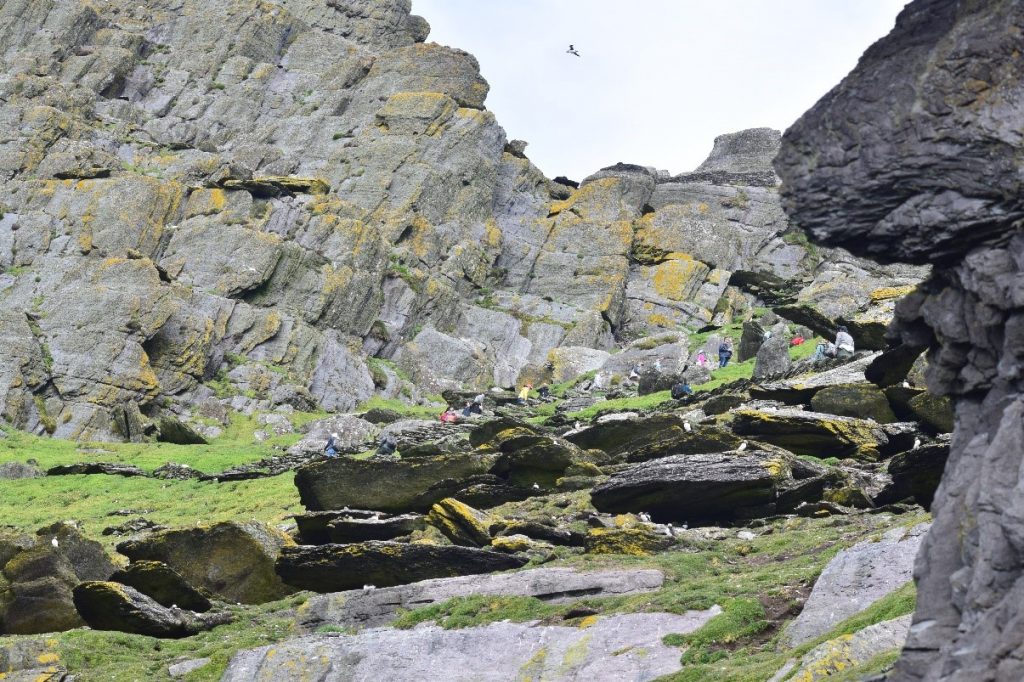
There are over 600 steps in total, and they are split into two selections. The first part of conquering the staircase approaches what is known as the valley. This part of the island is where you can have a snack – there are strict rules in place regarding where you can eat on the island.
When you have completed this part of the adventure you will already have seen a lot of puffin birds – the island is home to over 7,000 puffins. They are adorable and you will definitely want to take one home with you!
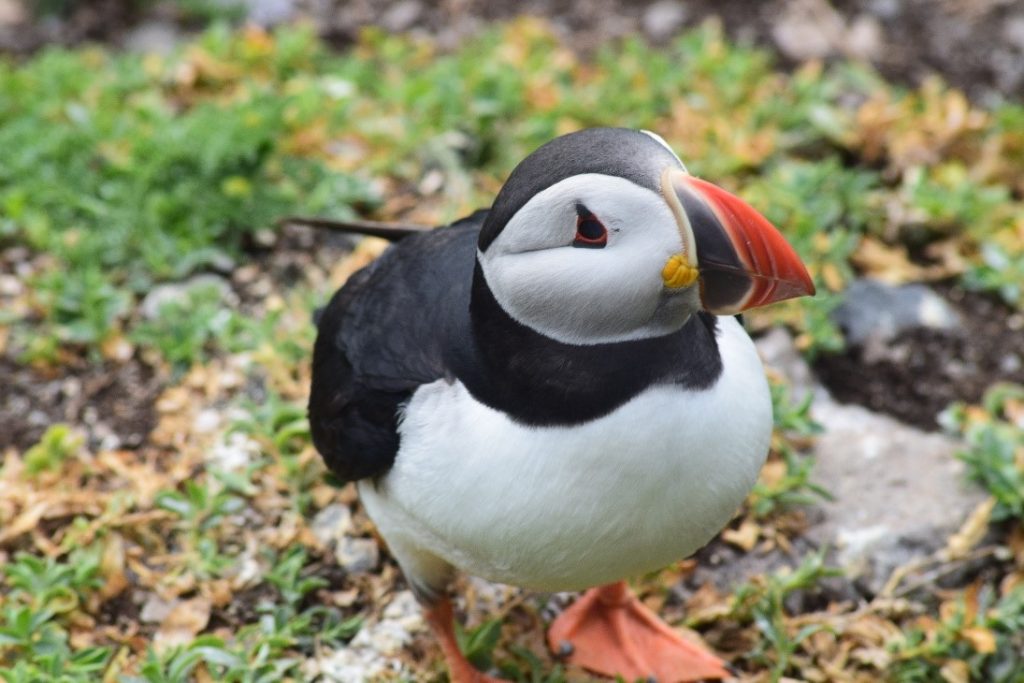
When you come away from the valley and approach the final section, there is a very narrow path with no chains and the cliff edge is extremely high (see below). You should take care here and take your time – there is no rush.
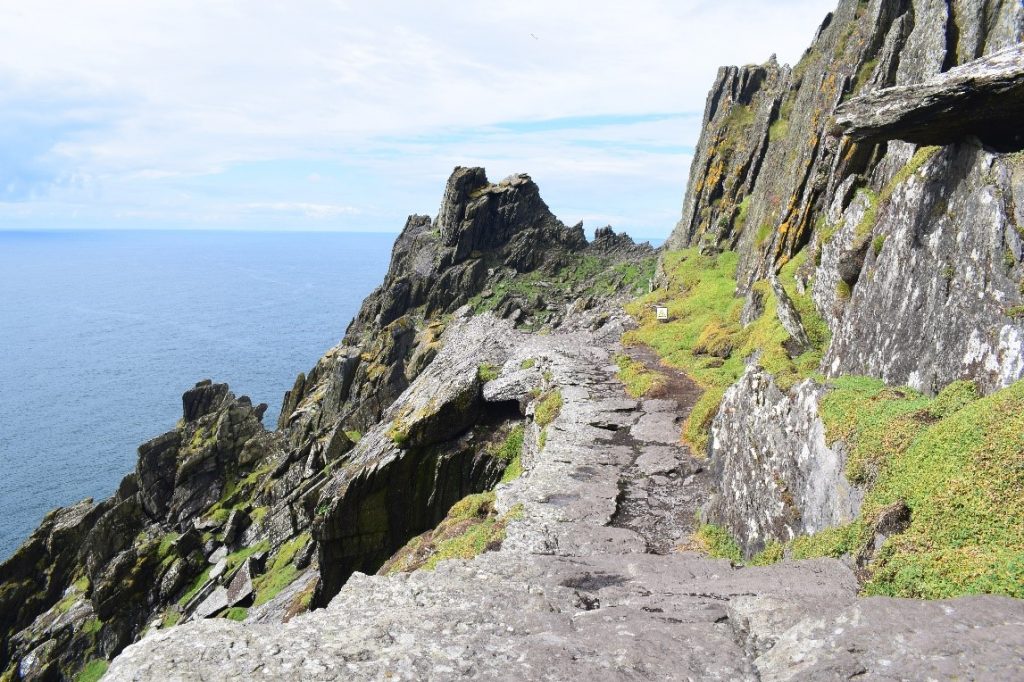
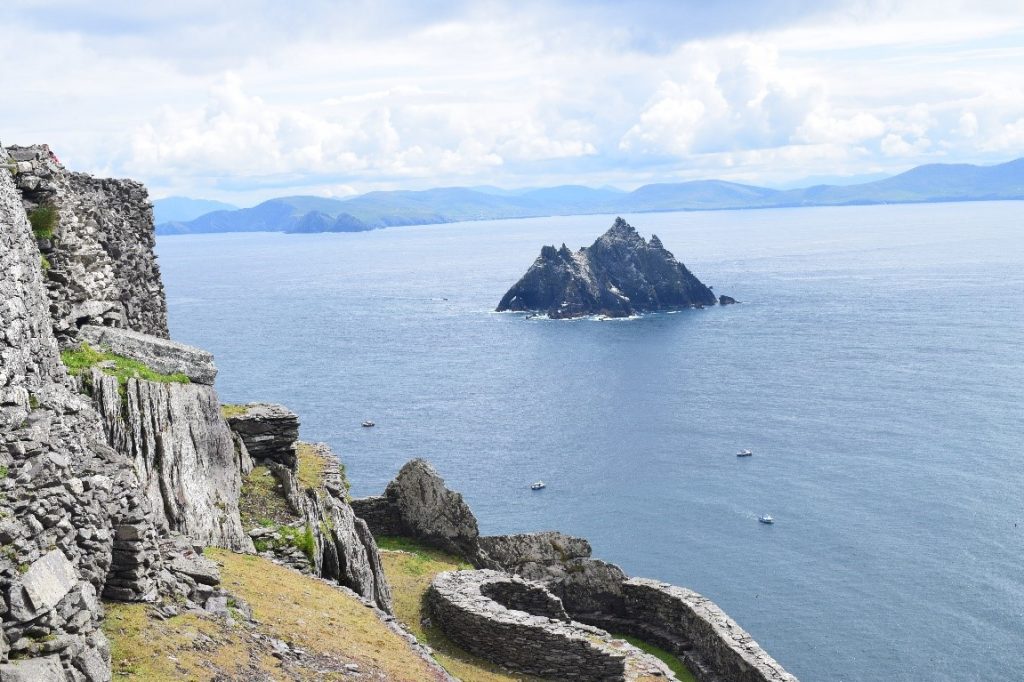
If you successfully complete the narrow path and make it to the ruins of the monastery, you should be incredibly pleased with yourself – you did it! The image above shows the view from the top, and here you can see smaller Skellig in the background and enjoy the sounds of the Atlantic waves hitting against the rocks below.
As a photographer I enjoyed this trek as it is not just part of the Wild Atlantic Way, but it is a must-see in Ireland because of its historical background, the wildlife that live on it, and the fact that it’s a Star Wars location! I feel as a landscape and nature photographer this trek impacted not just myself but my photographs as well. I would highly recommend this trek!
Be prepared for rain as there is no shelter on the island – you should bring a waterproof coat and waterproof leggings if possible, and wear suitable walking shoes.
I think to do this walk, you should not be afraid of heights. The walk may not be suitable for young children as the route is fairly dangerous. However, the trek will be simple and straightforward if you follow the rules.
Always take care as a photographer on Skellig, but still go for those incredible shots.
I hope this was useful, and I hope you enjoy this trek in future!
Instagram: https://www.instagram.com/caoimhetakesphotos/ – Message me on Instagram for any requires, I would love to hear from you.
Pinterest: https://www.pinterest.co.uk/caoimheclements/
Email: Caoimheclements2017@gmail.com – feel free to drop me an email, don’t hesitate.
Why not subscribe to our mailing list while you’re here?
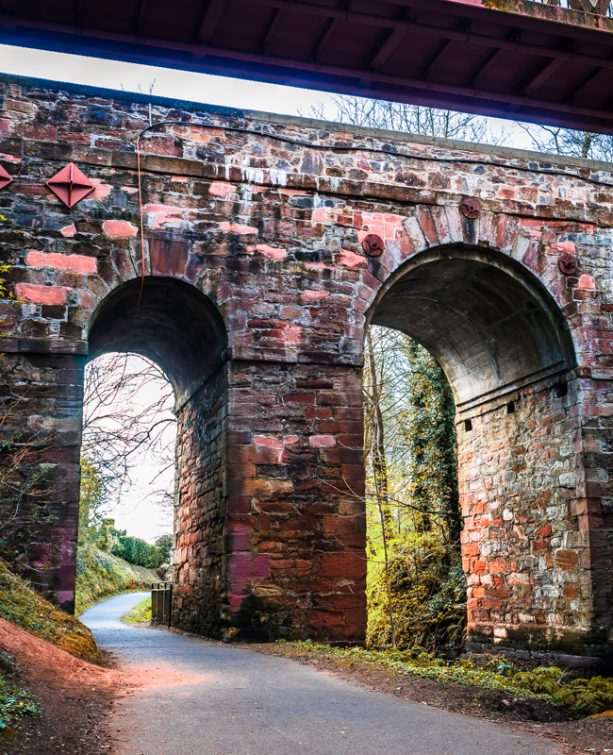 Belfast,Photography
Belfast,Photography
5 scenic walks around Lisburn
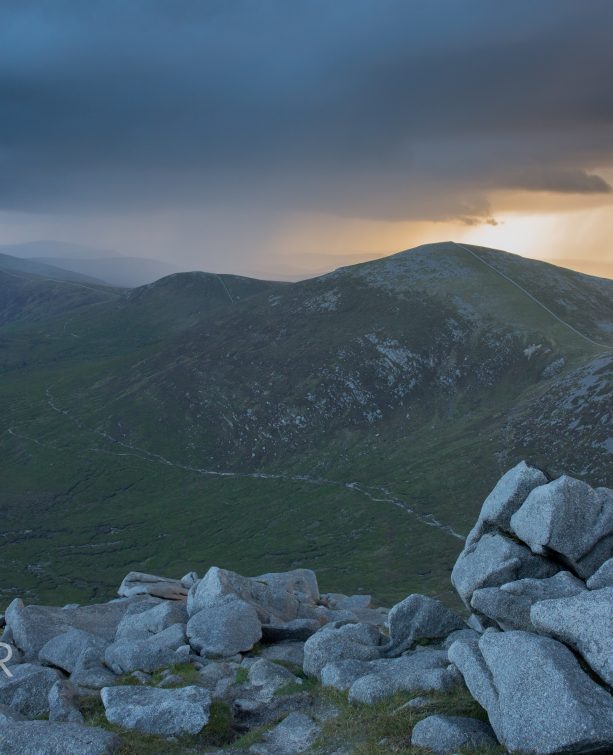 Mourne Mountains
Mourne Mountains
Bearnagh: Chased the sunset, caught the rain
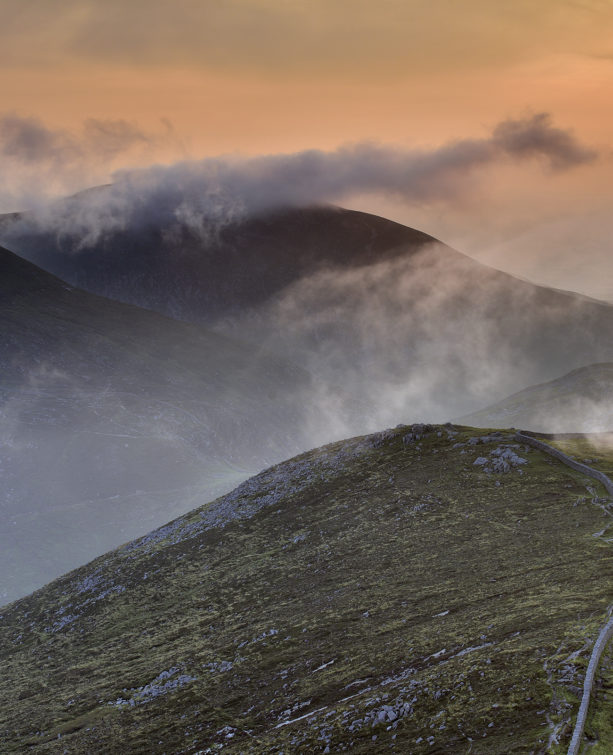 Mourne Mountains
Mourne Mountains
Camping in the High Mournes
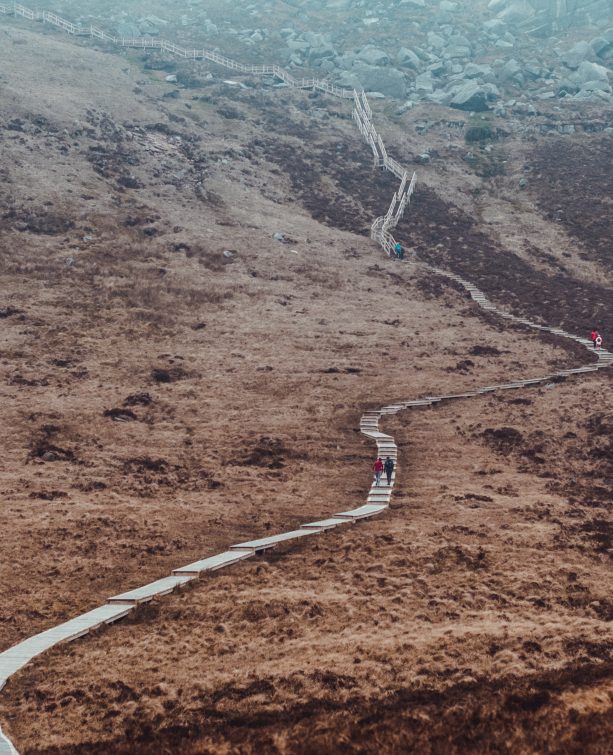 Fermanagh and Tyrone
Fermanagh and Tyrone
Cuilcagh: Stairway to Heaven
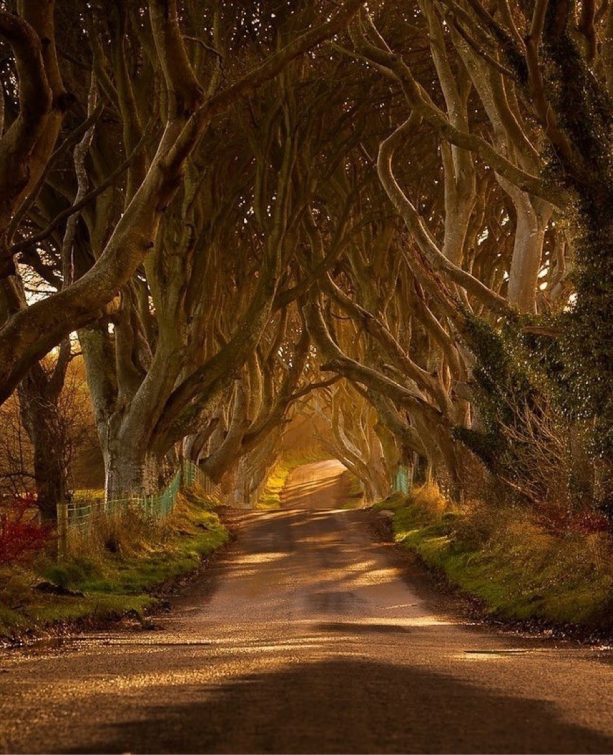 Features
Features
Every Game of Thrones Location in Northern Ireland
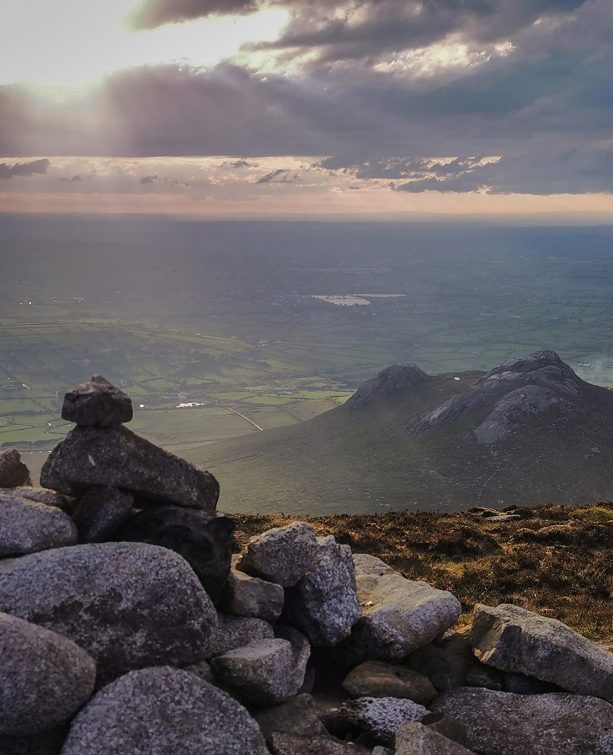 Mourne Mountains
Mourne Mountains
Hen and Cock Mountains
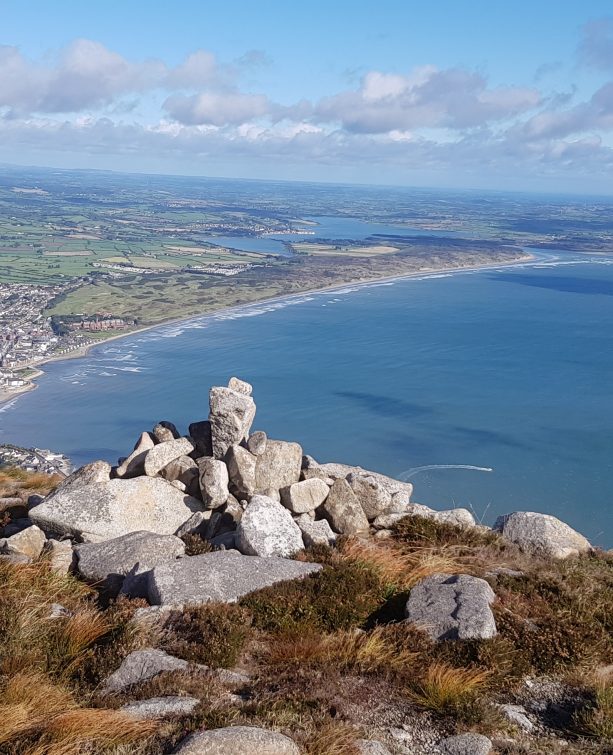 Mourne Mountains
Mourne Mountains
Leganabrachan, Millstone and Thomas: Donard’s Seaside Bodyguards
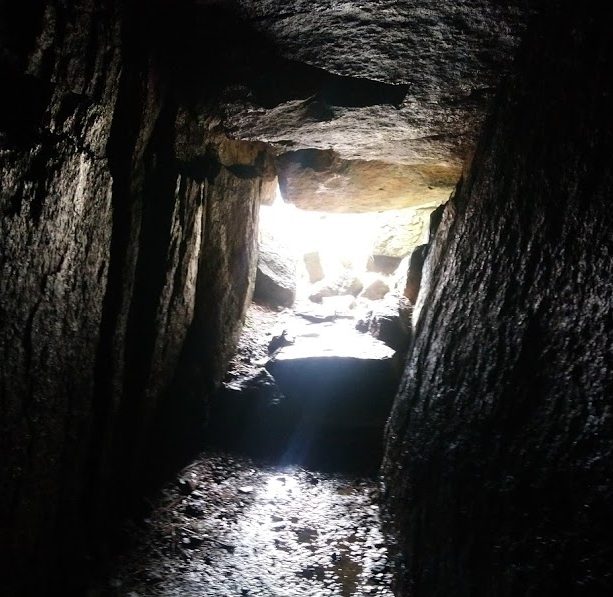 Mourne Mountains
Mourne Mountains
Percy Bysshe and Cove Caves